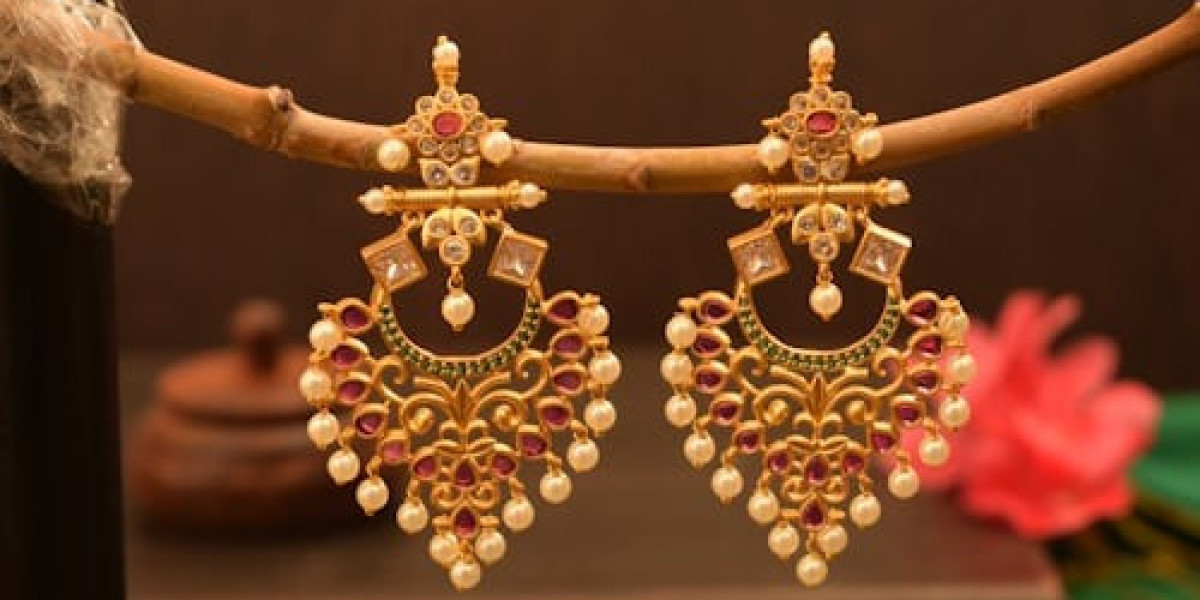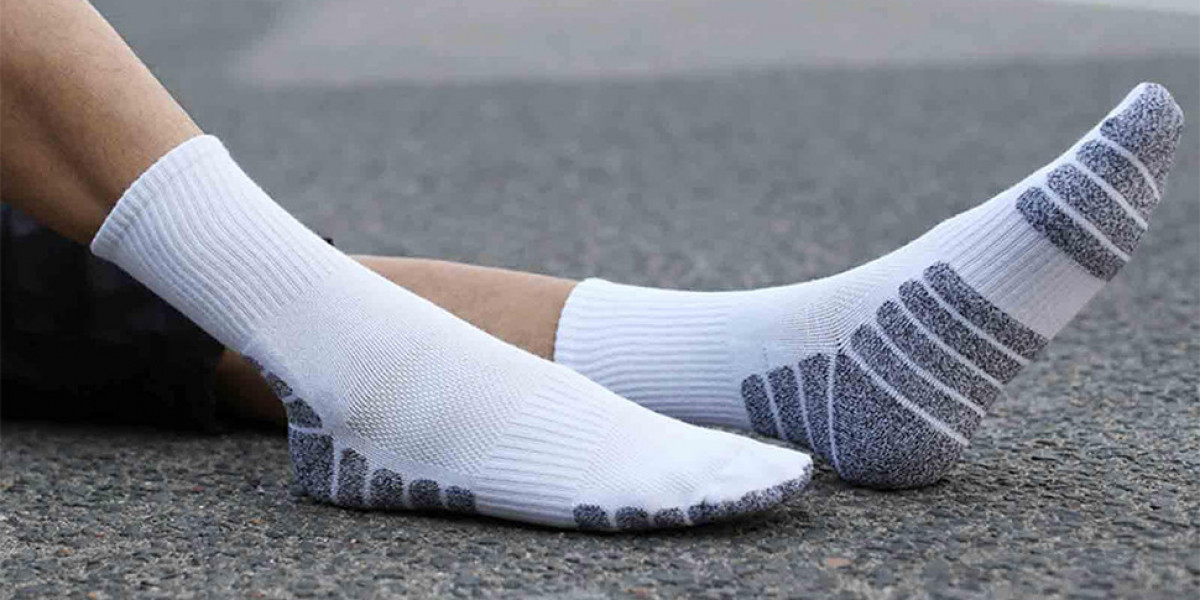Copper jewelry is a popular choice for its unique color, durability, and relatively low cost. However, one of the key challenges with cooper jewelry is its tendency to oxidize, which can affect its appearance and longevity. Oxidation is a natural process where copper reacts with oxygen, forming a greenish patina. This can be seen as a beautiful, rustic feature, but it can also lead to the jewelry looking worn out or damaged. In this article, we will explore the factors that influence oxidation resistance in copper jewelry alloys and how modern techniques can enhance the durability of copper-based jewelry.
What Causes Copper to Oxidize?
To understand the oxidation resistance of copper jewelry alloys, it's essential to first understand what causes oxidation. Copper reacts with oxygen in the air, forming copper oxide. This reaction accelerates in humid environments or with frequent exposure to moisture, sweat, or chemicals. The first sign of oxidation is often a darkened appearance, but with continued exposure, copper develops a distinctive green patina, commonly known as verdigris.
While some people find the patina appealing, it is not always desired, especially in fine jewelry where a shiny, bright appearance is valued. Oxidation can also cause damage to the surface, affecting the jewelry's structure over time. Therefore, jewelry manufacturers have developed various ways to combat this natural process by using copper alloys and coating techniques.
Copper Jewelry Alloys: The Role of Alloying Metals
Pure copper, while attractive and malleable, is not the most durable material for jewelry. To improve its strength and resistance to oxidation, copper is often alloyed with other metals. By mixing copper with elements such as zinc, nickel, and tin, manufacturers create alloys that offer better corrosion resistance and more durable finishes.
Brass and Bronze: Popular Copper Alloys
Brass and bronze are the two most common copper alloys used in jewelry making. Both alloys are made by combining copper with other metals, resulting in improved oxidation resistance.
Brass: A mixture of copper and zinc, brass is known for its gold-like color and increased resistance to tarnishing compared to pure copper. Brass jewelry typically exhibits better oxidation resistance due to the higher zinc content, which helps create a barrier against the oxygen that causes corrosion.
Bronze: Typically composed of copper and tin, bronze has been used in jewelry making for centuries. It tends to be more resistant to corrosion than pure copper, and its darker, reddish hue offers a unique aesthetic. Bronze alloys can vary in composition, with some including small amounts of other metals like phosphorus, which further enhances resistance to oxidation.
Sterling Silver-Copper Alloys
Sterling silver, an alloy of silver and copper, is another popular choice for jewelry making. Sterling silver is typically 92.5% silver, with the remaining 7.5% consisting of copper. The copper content in sterling silver helps improve the alloy's strength, but it can also contribute to oxidation if exposed to moisture and air. However, due to the high silver content, the oxidation is usually less noticeable compared to pure copper.
Strategies for Enhancing Oxidation Resistance in Copper Jewelry
While copper alloys are generally more resistant to oxidation, there are still methods available to further improve their resistance and prolong the life of copper jewelry.
1. Protective Coatings
One of the most common methods used to prevent oxidation in copper jewelry is the application of protective coatings. These coatings act as a barrier between the copper alloy and the surrounding environment, preventing oxygen and moisture from coming into contact with the metal surface. Common coatings include:
Clear Lacquer Coatings: These are often used to create a thin protective layer that keeps the copper from tarnishing or oxidizing. The lacquer is transparent, allowing the natural beauty of the copper to shine through while protecting it from the elements.
Rhodium Plating: For copper alloys like sterling silver, rhodium plating is a popular option. Rhodium is a highly reflective and corrosion-resistant metal that helps prevent tarnishing and oxidation. The rhodium coating creates a durable surface layer that resists tarnish and enhances the overall shine of the jewelry.
PVD Coating: Physical Vapor Deposition (PVD) is another technique used to apply a thin, hard coating to the surface of jewelry. This coating is highly durable and resistant to oxidation, providing long-lasting protection for copper-based jewelry.
2. Patination Techniques
Some jewelry makers intentionally allow oxidation to occur as part of the design process. This process is known as patination, where copper is intentionally exposed to chemicals or environmental elements to speed up the oxidation process, creating a unique and aged look. While patination is desirable in some cases, it can still be controlled and maintained using special products that slow the further oxidation of the jewelry.
3. Regular Cleaning and Maintenance
Another way to combat oxidation is by properly cleaning and maintaining copper jewelry. Regular cleaning helps remove any dirt, oils, or chemicals that may accelerate the oxidation process. For copper jewelry that has developed a patina or tarnish, a gentle cleaning with a soft cloth or a mixture of baking soda and water can help restore its shine without causing damage to the metal.
4. Storage in Controlled Environments
Storing copper jewelry properly can also help prevent oxidation. Humidity and exposure to chemicals are some of the primary factors that accelerate the oxidation process. Storing copper jewelry in a dry, cool environment, away from lotions, perfumes, and cleaning products, can greatly reduce the rate of oxidation.
Future Innovations in Oxidation Resistance for Copper Jewelry
As technology advances, the jewelry industry continues to look for new and improved ways to enhance oxidation resistance in copper alloys. Some of the most promising developments include:
Advanced Coatings
Researchers are developing new types of coatings that are even more resistant to oxidation and tarnishing. Some of these coatings are made from advanced materials such as diamond-like carbon (DLC) or advanced polymers, which offer superior protection without altering the appearance of the jewelry.
Self-Healing Alloys
The development of self-healing alloys is another exciting innovation. These alloys have the potential to repair small scratches or damage that may expose the copper to oxidation. By incorporating materials that can react with the environment to heal small imperfections, jewelry made from these alloys could last even longer without showing signs of wear and tear.
Nano-Coatings
Nanotechnology is also being explored as a way to improve the oxidation resistance of copper jewelry. Nano-coatings are ultra-thin layers of material that are applied to the surface of the jewelry. These coatings provide excellent protection against oxidation while maintaining the jewelry's original appearance.
The Impact of Oxidation Resistance on Copper Jewelry Trends
As consumer preferences shift towards more sustainable and durable jewelry options, oxidation resistance has become a key factor in determining the longevity and appeal of copper jewelry. The ability to offer copper-based jewelry that remains beautiful over time, without significant oxidation or tarnishing, is crucial for the industry’s future.
Jewelry manufacturers are increasingly focusing on oxidation-resistant alloys and protective coatings to meet consumer demand for low-maintenance, long-lasting pieces. As new technologies emerge, it is likely that we will see even more innovative solutions for improving the durability and aesthetics of copper jewelry.
How to Choose the Best Copper Jewelry for Longevity
When purchasing copper jewelry, it’s important to consider its oxidation resistance, especially if you’re looking for a piece that will last over time. Look for jewelry made from high-quality copper alloys, such as brass or bronze, which have improved resistance to oxidation compared to pure copper. Additionally, consider jewelry with protective coatings or finishes that offer added protection against tarnishing and wear.
Embracing the Beauty of Copper Jewelry Alloys
Copper jewelry alloys are a timeless choice for those looking for both style and durability. By understanding the factors that affect oxidation resistance and the steps that can be taken to preserve the beauty of these pieces, jewelry enthusiasts can enjoy their copper-based jewelry for years to come.
With advancements in alloying techniques, protective coatings, and new technologies, the future of copper jewelry looks promising. Whether you are a collector, a designer, or simply someone who appreciates the unique allure of copper, this material continues to offer exciting possibilities for both functional and beautiful jewelry.








